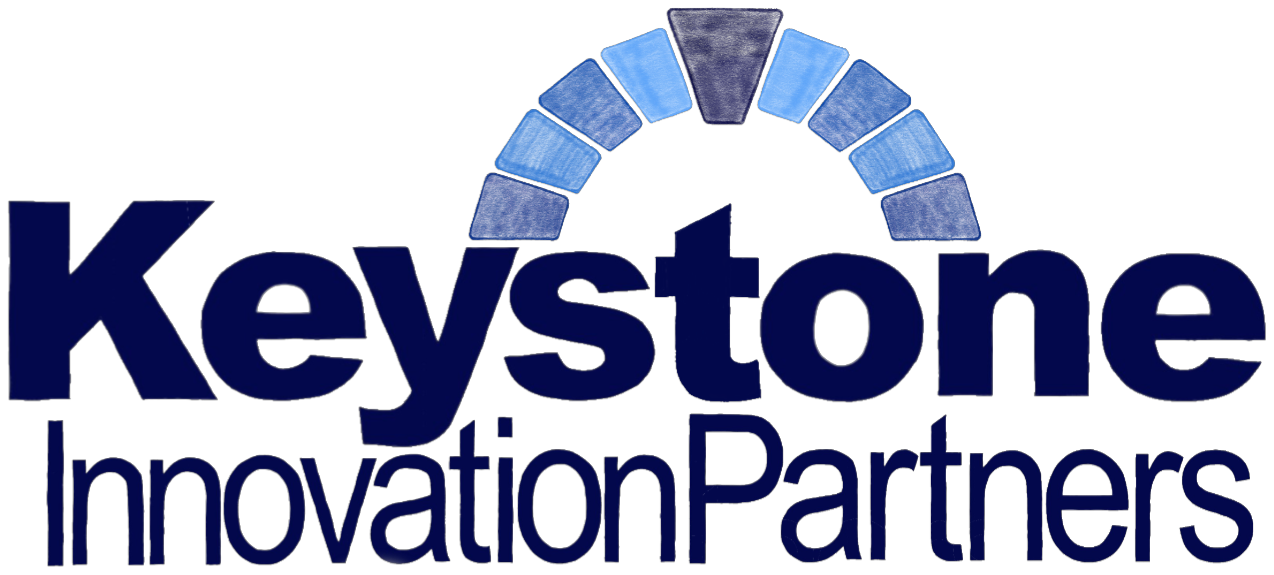
Why Keystone Innovation Partners?
Our economy is broken. The vast majority of Americans are not capitalists. No matter your income, you cannot earn your way to wealth; you must own your way to it. While we face a poverty epidemic, there has never been a better moment for workers to claim ownership of their output, wielding the one tool within reach that can transform their lives and create lasting opportunities for wealth and impact.
Based on research from economists Thomas Blanchet, Emmanuel Saez, and Gabriel Zucman at the University of California, Berkeley, the wealth of the bottom 50% of American adults doubled between 1976 and 1988. During this period, their wealth grew faster than any other group, including the top 10% and top 1%. This period fueled a burgeoning middle class and embodied the belief that financial prosperity was within reach for anyone willing to work for it. realtimeinequality.org
(The green line represents real wealth growth of the bottom 50% from 1976 to 1988. During that time, wealth for this group grew faster than any other group.) realtimeinequality.org
But things changed in 1988. Since then, wealth for the bottom half has collapsed, falling by 82%. As of 2020, the bottom 50% holds just 2% of total household wealth in America, while the top 1% controls 30%. (federalreserve.gov)
(Again, the green line represents Real Wealth Growth for the bottom 50%, or in this case the wealth losses between 1988 and 2020.) realtimeinequality.org
Those in the middle 40% have fared only slightly better. Between 1988 and 2020, adults in the 90th to 99th percentiles gained about $1 million per person, while the middle 40% gained just $150,000. Wealth for the top 1% grew 35 times faster than for the middle class, and for the top 0.01%, it grew over 2,000 times faster. From 1976 to 1988, the bottom half outpaced all others; now the entire bottom 90% have been left behind.
Why has wealth for 90% of Americans eroded since 1988? The answer lies in a revolution of productivity. The 1980s brought personal computing. The 1990s introduced the internet, broadband, and automation. The 2000s delivered mobile computing and smartphones. The 2010s ushered in cloud computing, enterprise software, and virtual collaboration. Today, artificial intelligence and machine learning are transforming productivity yet again. Each decade, fewer workers have been needed to produce more, and one person can now do the work that took dozens in the 1970s.
Workers have never been more productive, generated more wealth, or been more efficient. Yet they have never been poorer. The gains from these advances have bypassed the very people creating them and flowed directly to owners. Modern workers have tools previous generations could not imagine, but they work just as many hours, are not paid more, and accumulate less wealth.
Companies post record profits year after year. Executives become millionaires and billionaires daily. Meanwhile, half of Americans have no net worth, and the middle class is suffocating despite fueling historic levels of wealth creation. This is the most productive workforce in history, but they retain less than ever because they own less than ever.
Late-stage capitalism funnels all cost savings, efficiency gains, and productivity growth to owners, bypassing the workers who make it possible. This dynamic has created unprecedented wealth at the top, consolidated corporate power, and normalized over-consumption, all while obliterating middle-class wealth. The future? Without change, it could mean authoritarian capitalism, techno-feudalism, or slow economic suffocation of the many amid abundance.
(Google “oligarchy” and this photo of Mark Zuckerburg, Meta CEO; Jeff Bezos, Amazon CEO, Sundar Pichai, Google CEO, and Elon Musk, Tesla CEO is among the top results.)
Yet capitalism itself is not broken. Its tools are simply not being used by most people. The wealthy did not achieve their status primarily through wages. They built or bought assets such as companies and real estate that grew in value far faster than any salary could. Millionaires in the broader top tiers often amass their wealth by holding smaller stakes in these same companies and properties. No one builds real wealth through income alone; relying on wages, no matter the size, is how people stay poor.
Today, those who own nothing have nothing. Income size is a weak predictor of wealth; asset ownership is the key. Even upper-middle-class households that manage some wealth do so mainly through home equity, not salaries or savings. It is time to change the way we think about wealth. Workers are producing enormous value but surrendering it to ownership structures. That must change. People shouldn't have to invest in other people's companies and dreams in order to build wealth.
This is the moment for workers to claim ownership of what they produce. They must expect and negotiate for ownership in the wealth they help create. Employers are paying executives record salaries and prioritizing shareholder returns; there is enough wealth to share. No one needs a handout, but everyone should own a piece of what they build.
The solution is entrepreneurship. It is the most direct, powerful tool available to bridge the wealth gap. Owning your business means owning your output and your future.
Entrepreneurship can feel intimidating. But today’s aspiring founders are better equipped than ever, with technologies and resources that make launching and scaling a venture more accessible. With a partner like Keystone Innovation, you can move from idea to execution with expert guidance. Whether you are starting from scratch, raising capital, managing growth, or planning an exit, we can help you succeed. Reach out today, share your vision, and let us help you transform it into reality.




